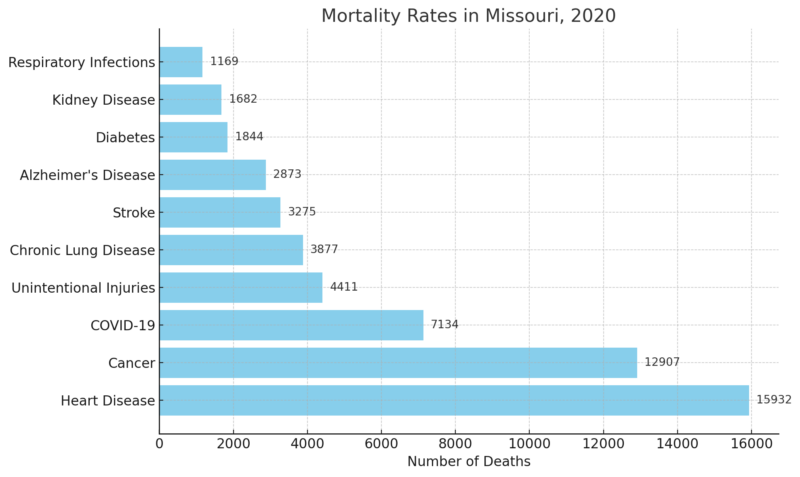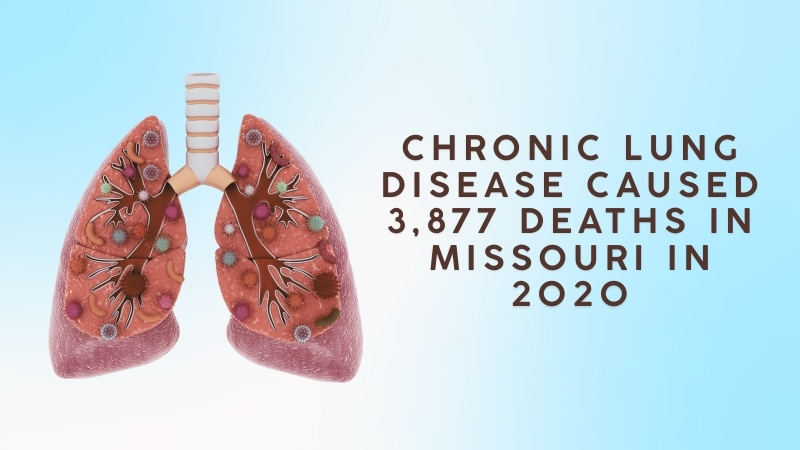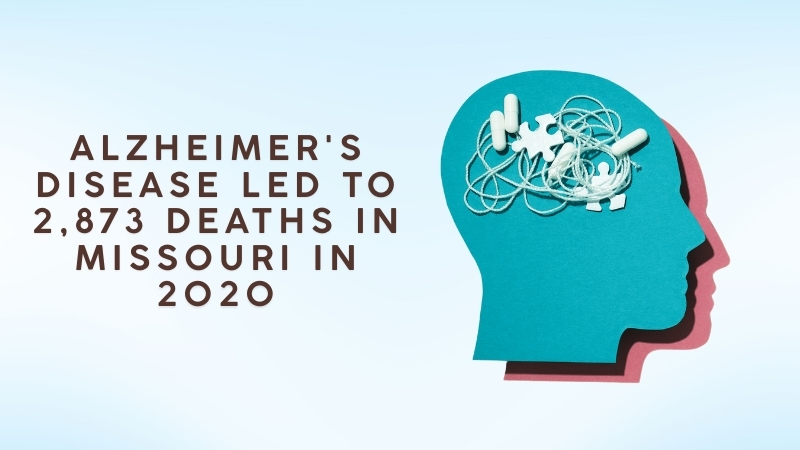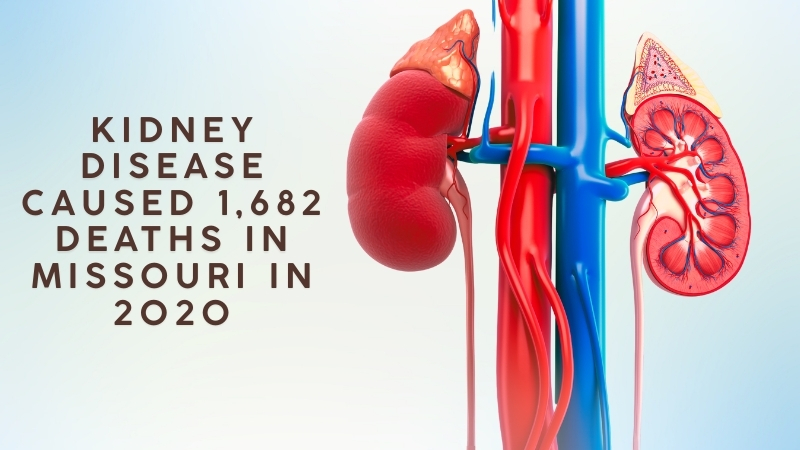The state of Missouri faces significant health challenges, reflected in its mortality rates. In recent years, causes of mortality in Missouri have contributed to the leading causes of death, impacting the overall life expectancy.
These conditions, along with unintentional injuries, chronic lung disease, stroke, Alzheimer’s disease, diabetes, kidney disease, and respiratory infections, paint a comprehensive picture of the health landscape in Missouri.
I will try to explain these main causes of mortality, offering a detailed look at the statistics and underlying factors contributing to these deaths.
Heart disease remains the leading cause of death in Missouri, not only in Missouri but in Florida as well, reflecting a broader national trend.
The rise in heart disease-related deaths highlights the need for increased awareness and better management of cardiovascular health.
Cancer, another major killer, shows a relatively stable but concerning presence in mortality statistics.
The impact of COVID-19 cannot be understated, as it emerged as a significant cause of death in 2020, influencing other health outcomes.
Accidents and unintentional injuries, often involving drug overdoses, particularly opioids, add another layer to the state’s mortality profile.
Chronic diseases like lung disease, diabetes, and kidney disease further complicate the health landscape, requiring comprehensive public health strategies.
Mortality Rates in Missouri, 2020

1. Heart Disease
Heart disease is the leading cause of death in Missouri, accounting for 15,932 deaths in 2020.
This represents a 6.3% increase from the previous year, highlighting the persistent challenge posed by cardiovascular conditions.
Factors such as hypertension, high cholesterol, smoking, obesity, and a sedentary lifestyle contribute significantly to heart disease.
Missouri’s public health initiatives must focus on promoting heart-healthy lifestyles, early detection, and effective management of heart disease to reduce its impact.
Community-based programs and accessible healthcare services play a crucial role in addressing this leading cause of mortality.
According to Paula F Nickelson:
In 2022, heart disease and cancer remain the two leading causes of death in Missouri and nationwide with unintentional injuries, and COVID-19 in third and fourth positions respectively.
2. Cancer
Cancer is the second leading cause of death in Missouri, with 12,907 deaths reported in 2020. The slight increase of 0.3% from the previous year indicates a stable yet troubling trend as per the NCBI study.
The most common types of cancer contributing to mortality include lung, breast, prostate, and colorectal cancers. Factors such as smoking, poor diet, lack of physical activity, and genetic predisposition play a role in cancer incidence.
Efforts to reduce cancer mortality should focus on prevention, early detection through screening programs, and access to advanced treatments.
Public awareness campaigns and support for research into new therapies are essential components of a comprehensive cancer control strategy.
3. COVID-19

The emergence of COVID-19 as the third leading cause of death in 2020, with 7,134 deaths, had a profound impact on Missouri’s mortality rates.
The pandemic not only caused direct deaths but also influenced other health outcomes by straining healthcare resources and delaying treatment for chronic conditions.
The widespread impact of COVID-19 underscores the importance of public health preparedness, vaccination campaigns, and effective response strategies to manage future pandemics.
The lessons learned from COVID-19 highlight the need for robust healthcare infrastructure and coordinated public health efforts to mitigate the effects of infectious diseases on mortality.
4. Unintentional Injuries
Unintentional injury contributed to more years of potential life lost than any other cause of death in 2020.
Learn More: https://t.co/TmsSeCxrdp pic.twitter.com/KsMeZo7M4y
— CDC Injury Center (@CDCInjury) October 11, 2022
Unintentional injuries, including accidents, were responsible for 4,411 deaths in Missouri in 2020.
Within this category, accidental poisonings, primarily drug overdoses, played a significant role, with opioid-related deaths increasing by over 25%.
The opioid crisis remains a critical public health issue, exacerbated by the pandemic.
Addressing unintentional injuries requires a multi-faceted approach, including public education on safety, enhanced drug addiction treatment programs, and policies to regulate and monitor prescription medications.
Reducing accidental deaths should also focus on improving emergency response systems and implementing preventive measures in high-risk environments.
5. Chronic Lung Disease

Chronic lung disease, causing 3,877 deaths in 2020, saw a 2.5% increase from the previous year.
Conditions such as chronic obstructive pulmonary disease (COPD) and emphysema are significant contributors to this category according to WHO.
Smoking is the leading cause of chronic lung disease, but environmental factors and occupational hazards also play a role.
Reducing mortality from chronic lung disease involves smoking cessation programs, reducing exposure to pollutants, and ensuring access to medical care for those with respiratory conditions.
Public health campaigns emphasizing lung health and the dangers of smoking are crucial in mitigating the impact of chronic lung diseases.
6. Stroke
Stroke could cause nearly 10 million deaths annually by 2050, mostly in LMICs, and cost up to US$2 trillion per year, new @WorldStrokeOrg–@TheLancetNeuro Commission report warns.
Explore recommendations to curb this projected burden: https://t.co/rzYD1zFUIv pic.twitter.com/Ak6vIkVuq1
— The Lancet (@TheLancet) October 10, 2023
Stroke accounted for 3,275 deaths in Missouri in 2020, with an 8.2% increase from 2019.
Risk factors for stroke include hypertension, diabetes, obesity, and a sedentary lifestyle.
Early recognition of stroke symptoms and timely medical intervention are critical in reducing stroke-related mortality.
Public health strategies should focus on educating the population about stroke prevention, promoting healthy lifestyles, and improving access to healthcare services.
Stroke rehabilitation programs and support for survivors also play a vital role in addressing the long-term effects of stroke and reducing overall mortality.
7. Alzheimer’s Disease

Alzheimer’s disease caused 2,873 deaths in Missouri in 2020, with a slight increase of 3.1% from the previous year.
As the population ages, the prevalence of Alzheimer’s disease and other forms of dementia is expected to rise.
Addressing Alzheimer’s disease involves supporting research into its causes and potential treatments, providing resources for caregivers, and ensuring access to quality care for affected individuals.
Public awareness campaigns can help reduce stigma and promote early diagnosis, which is essential for managing the disease and improving the quality of life for patients and their families.
8. Diabetes
View this post on Instagram
A post shared by Missouri Department of Health & Senior Services (@healthylivingmo)
Diabetes resulted in 1,844 deaths in Missouri in 2020, marking an 11.4% increase from the previous year as per gov sources.
The rising prevalence of diabetes is linked to factors such as obesity, poor diet, and lack of physical activity.
Managing diabetes effectively requires a combination of public health initiatives, including promoting healthy eating, encouraging regular exercise, and ensuring access to medical care and diabetes education.
Early diagnosis and proper management of diabetes can prevent complications and reduce mortality.
Community-based programs and support groups can also provide valuable resources for individuals living with diabetes.
9. Kidney Disease

Kidney disease, or nephritis, caused 1,682 deaths in Missouri in 2020, with a 13.4% increase from the previous year.
Chronic kidney disease often results from conditions such as diabetes and hypertension.
Preventing kidney disease involves managing these underlying conditions, promoting healthy lifestyles, and ensuring access to regular medical check-ups.
The strategies of the Public should focus on raising awareness about kidney health, encouraging early detection, and providing support for those with chronic kidney disease.
Access to dialysis and kidney transplant services is also crucial in reducing mortality from kidney disease.
10. Respiratory Infections
Pneumonia and influenza, combined, caused 1,169 deaths in Missouri in 2020, increasing by 13.2% from the previous year.
Respiratory infections are particularly dangerous for the elderly and those with compromised immune systems.
Vaccination programs, particularly for influenza, play a critical role in preventing these infections and reducing mortality.
Public health actions should also focus on improving access to medical care, promoting good hygiene practices, and educating the population about the importance of vaccinations.
Early treatment and proper management of respiratory infections can significantly reduce their impact on mortality.
Methodology
This article was based on 2020 mortality data from Missouri’s Department of Health and the CDC.
Causes of death were analyzed to identify trends and contributing factors such as heart disease, cancer, and COVID-19.
Data comparisons between 2019 and 2020 revealed percentage changes, while insights into risk factors like lifestyle habits were included to provide context.
Public health strategies for prevention and treatment were drawn from existing health recommendations.
This approach offers a concise overview of Missouri’s health challenges and potential improvements.
Conclusion
Missouri faces significant health challenges that are reflected in its leading causes of mortality.
Heart disease, cancer, COVID-19, unintentional injuries, chronic lung disease, stroke, Alzheimer’s disease, diabetes, kidney disease, and respiratory infections all contribute to the state’s mortality rates.
Addressing these issues requires a comprehensive public health approach, including prevention, early detection, effective management, and access to medical care.
Public awareness campaigns, support for research, and community-based programs play vital roles in improving health outcomes and reducing mortality.
With these strategies (we must focus on them), Missouri can work towards a healthier future for its residents.
The lessons learned from recent years highlight the importance of robust healthcare infrastructure and coordinated public health efforts in addressing the state’s leading causes of death.
References
- Nickelson PF. The State of Missouri’s Public Health. Mo Med. 2024 Jan-Feb;121(1):10-13. PMID: 38404438; PMCID: PMC10887453.
-
Jana PK, Majumdar A, Dutta S. Predicting Future Pandemics and Formulating Prevention Strategies: The Role of ChatGPT. Cureus. 2023 Sep 7;15(9):e44825. doi: 10.7759/cureus.44825. PMID: 37809128; PMCID: PMC10559259.
-
Robling AG, Simoes EJ, Chang JC, Jackson-Thompson J, Brownson RC. Trends in cancer incidence and mortality in Missouri. Mo Med. 1998 Nov;95(11):607-16. PMID: 9821770.
- WHO – Chronic obstructive pulmonary disease (COPD)
-
Alzint – World Alzheimer’s Month
- Missouri Department of Health –DIABETES REPORT
-
Better Health – Kidneys – dialysis and transplant








